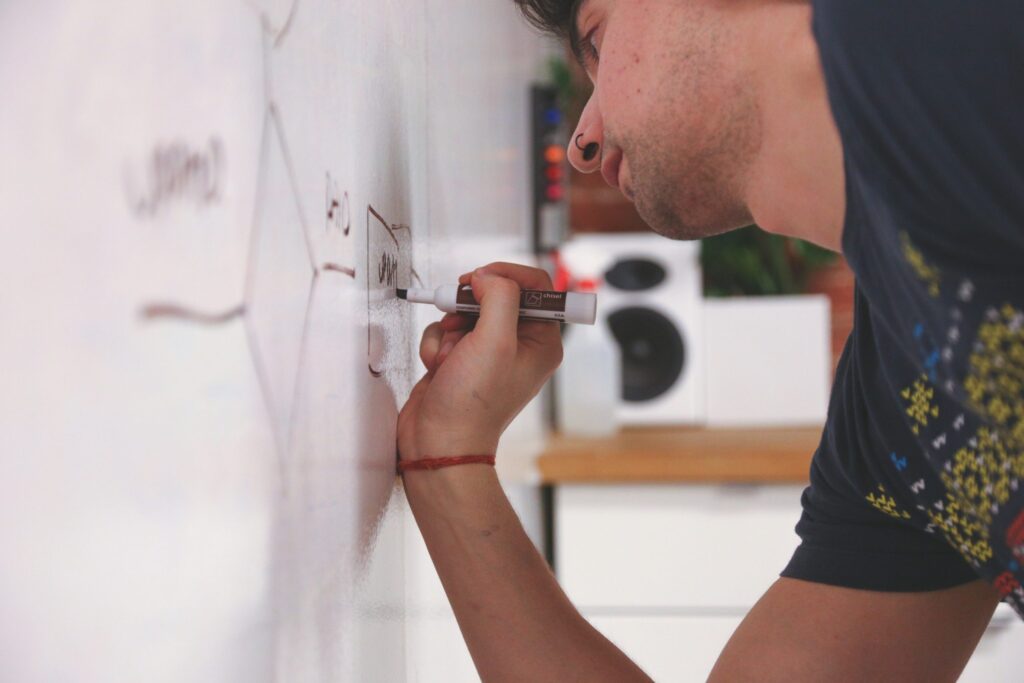Keep Solo Practice Effective By Not Over-Focusing

One of the main errors I see people making in solitary practice is over-practicing a single action. Generally this comes in the form of practicing a complex, multi-part action, without the needed external stimulus (meaning an opponent/partner) to give the technique its contextual relevance, timing, and feeling. The negative outcome I have seen, for many, is a type of conditioning that leads to multi-part actions being executed in sparring situations in ways that are non-functional.
Real vs. Imaginary Opportunities
Practicing a combination of attacks is only as relevant as the opportunity. For example, training yourself in such a way as to tie a pair of blows together can lead you to wasted actions later when you attack where there is no opening or in a time that is not offered by your opponent. The same outcome can occur with defense and counter-attack pairs as well. If you always train a particular riposte after a given parry, you not only become predictable later, but you may lack the ability to execute a more effective, alternate counter-attack.
When training patterns, make sure you keep your variety high. Practice many different types of follow-on attacks from an initial blow. Practice a wide variety of riposting attacks from a given defense. It is even better to alternate between a few different options in your practice, versus practicing a single action repeatedly. Repeat practice can be useful for conditioning your initial motor function, but then varied practice will be more relevant to your ability to be a fluid and dynamic fighter.
Imagining the Fight
Bringing visualization into your combination practice can also add the missing timing component. Imagine a training partner across from you and have your actions respond to their cues. This does require some mental focus but a small amount of this type of practice is far more valuable than a higher amount of rote repetitions of a motor pattern without mental connection.
If you are training to build your strength and power, I recommend that you avoid complicated patterns and instead focus on single or two movement actions. To challenge your growth increase the weight of your training tool so that you limit the number of quality reps that you can do to 8-10. Just like in weight-lifting, a smaller number of more challenging reps will pay bigger dividends for power.
Solo practice is an excellent part of a complete training routine. Make sure you train wisely so that the quality of your practice keeps up with the quantity.
Devon





Responses